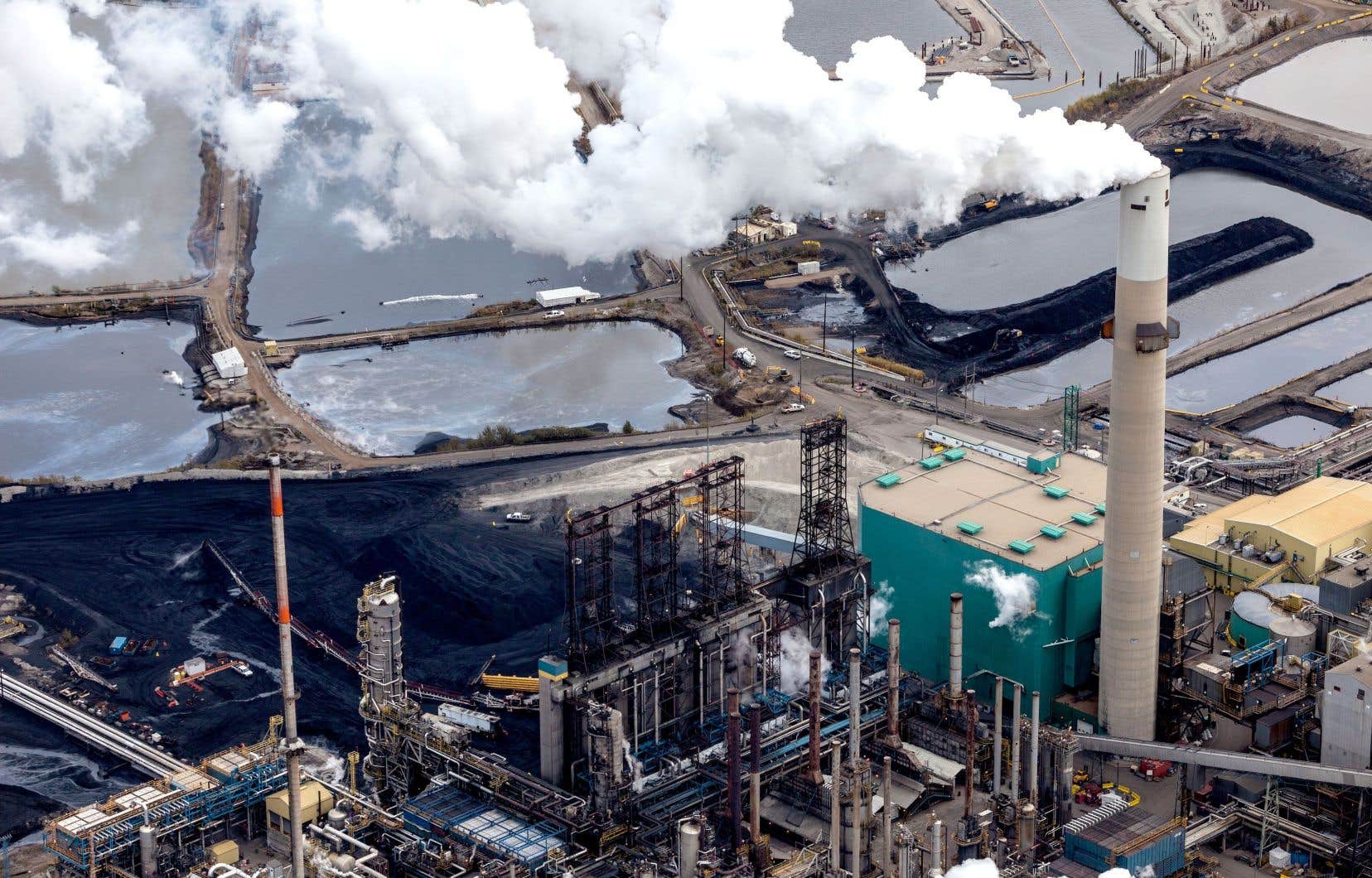Even if the Trudeau government says it is confident of achieving its objectives for reducing greenhouse gas emissions, the federal commissioner of the environment and sustainable development is not as optimistic. On the contrary, he believes that Canada will miss its target, in particular because it is slow to cap emissions from the fossil fuel sector.
“The federal government is not on track to meet the goal set in its 2030 Emissions Reduction Plan, which is to reduce greenhouse gas emissions by at least 40% below 2005 levels. by 2030,” concludes Commissioner Jerry DeMarco bluntly in a report published Tuesday morning, a few weeks before the United Nations climate conference (COP28).
This plan stems from the Canadian Carbon Neutral Accountability Act, as part of Ottawa’s commitment to achieving carbon neutrality by 2050.
However, the commissioner says he is extremely concerned “about the ability of the federal government to make significant progress” within the framework of this legislation. “The stakes of failing to mitigate climate change are increasingly high, and the opportunities to reduce emissions to meet the 2030 and 2050 targets are rapidly dwindling,” he warns.
In the best case scenario, the possible reduction with the federal plan could reach 34% by 2030, compared to 2005.
Delays
Even if he welcomes the implementation of “important measures to reduce emissions”, Jerry DeMarco notes that some of these have been “delayed”. This is particularly the case for capping emissions from the oil and gas sector. The commitment was made in 2021, but the draft regulation has not yet been presented and the mechanism will not come into force before the fall of 2024. We still do not know what the reductions will be. greenhouse gas emissions that could result from this flagship measure of the government’s climate plan.
The oil and gas sector is Canada’s most polluting economic sector, with 28% of total emissions in 2021. The 2030 plan therefore contains five measures dedicated to reducing emissions in this sector, but three of them are still “under development,” notes the commissioner. Of these five measures, “only two were accompanied by emissions reduction targets”. For the entire plan that the government is committed to implementing, 76 of the 80 measures do not include targets or expected reductions.
“These delays increase the likelihood that Canada will miss its 2030 target. They could also result in Canada releasing a much higher amount of greenhouse gases into the atmosphere over time than if measures do not had not been delayed,” the report warns.
Still on the subject of delays, the commissioner deplores the delays in the publication of emissions reports. The most recent assessment available, that of 2021, was published in April 2023. It demonstrated a rebound in emissions, after the global pandemic. This is mainly attributable to the increase in oil and gas production and a certain return to normal in the transport sector.
Carbon pricing
What’s more, “Environment and Climate Change Canada has not yet done enough to improve the transparency and reliability of its economic models and emissions modeling,” underlines the commissioner’s report.
And the responsibility for reducing greenhouse gas emissions is “fragmented among multiple federal organizations” that do not report directly to Minister Steven Guilbeault. The latter cannot therefore “require other federal organizations to correct their situation and achieve the 2030 objective”.
In a context of contestation of the carbon pricing system, in particular by the Conservative Party of Canada, the commissioner insists on the importance of such a measure in the hope of reducing Canadian emissions. He also welcomes the Liberals’ desire to “strengthen” this measure by increasing the price of pollution over the coming years. But it highlights the over-optimism compared to other measures that have not yet been proven, such as carbon capture and storage.
Chess
The report also recalls that Canada’s failures to respect its climate commitments have been numerous in the past. “Since 1990, the federal government has established more than ten emissions reduction plans. He spent tens of billions of dollars designing and implementing these plans. Despite these efforts, Canada’s greenhouse gas emissions were higher in 2021 than they were in 1990,” he argues.
From 2005 to 2021, emissions decreased by only 8% in Canada. In this context, “the majority of reductions must occur in the years to come” to achieve the 2030 objective, indicates the report published Tuesday. Canada has ranked last among all G7 countries since 1990 and since 2005 in reducing emissions.
According to the International Energy Agency, rich countries like Canada must also improve their targets for reducing greenhouse gas emissions in order to achieve carbon neutrality in 2045, and not in 2050, as provided for in the federal commitment.
The most recent official data indicate that Canada was the tenth largest emitter of greenhouse gases in the world in 2021, and its emissions per capita represented 17.5 tonnes. For comparison, it is estimated that to limit global warming to 1.5°C, and thus respect the most ambitious objective of the Paris Agreement, average global emissions should not exceed two tonnes per year. person.
